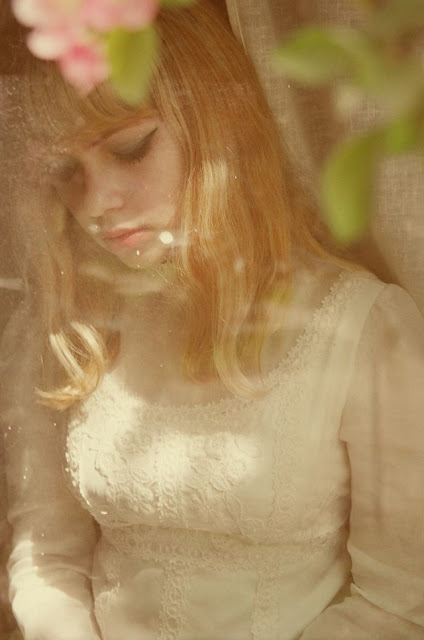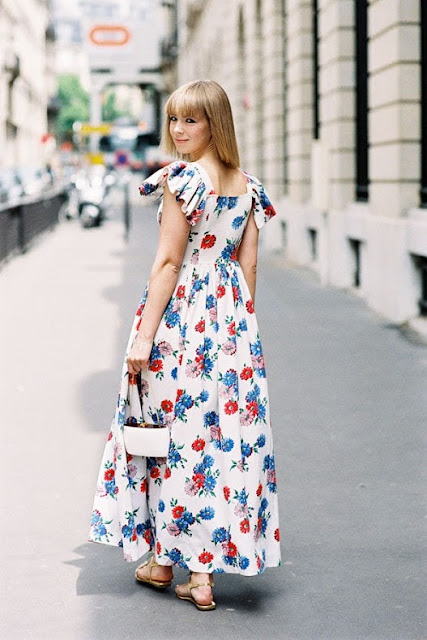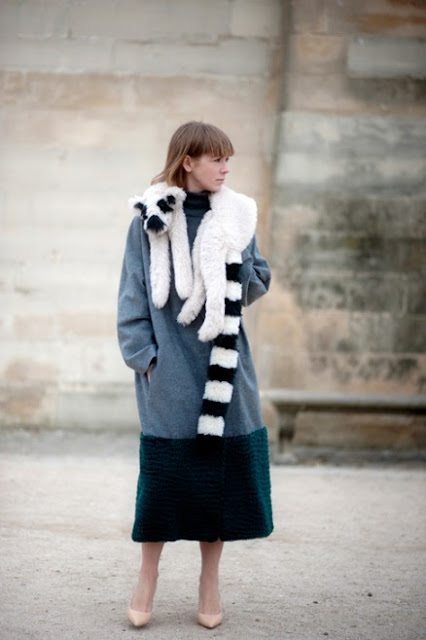Following on from my review of the film 'In Vogue: The Editor's Eye', this is a review by my dear friend and fellow freelance writer Ol Marin. 'British Style Genius: Breaking the Rules - Fashion Rebel Look' will also be screening at ACMI as part of Melbourne Spring Fashion Week. Click here for more details.
Side note: Ol Marin and I are currently working on a new website, which will focus on fashion in film and our local Australian fashion industry. Its arrival is imminent, so watch this space!
WORDS BY OL MARIN.
Side note: Ol Marin and I are currently working on a new website, which will focus on fashion in film and our local Australian fashion industry. Its arrival is imminent, so watch this space!
Image VIA here.
WORDS BY OL MARIN.
“On and of the catwalk
they made an art out of being outrageous and their style legacy was to give
fashion rebels everywhere the courage to wear what they want.”
British Style Genius is
a series of 60-minute documentaries produced by the BBC where each examines
British style from varying perspectives. Anna Gravelle’s documentary Breaking the Rules – Fashion Rebel Look (2009) is the third episode in the series and
perhaps the most provocative.
The term ‘punk’ is a perplexing one to explain, especially
when its origins and representations are debatable between Londoners and New
Yorkers of the mid – late 70’s. For some, the ‘punk look’ will signify
something as simple as sporting studded belts and torn t-shirts – an assessment
devoid of any cultural and artistic consideration. Breaking the Rules – Fashion Rebel Look pays due respect to the
sub-culture of punk via the oeuvre of Vivienne Westwood, John Galliano and the
late Alexander McQueen, treating it as something more than a fashion statement
– an attitude, a form of expression and essentially, a way of life.
Effectively what Gravelle does is take her audience on a
journey through a particular timeframe of fashion. She begins with Vivienne
Westwood and Malcolm McClaren’s business venture from 1974 to 1976, a boutique
called Sex, which was notorious for its bondage-inspired attire and shock value
t-shirt prints. “We struck gold with fetish wear” states McClaren. The designs
for Sex gradually migrated to the past for inspiration and 1950s pin up clothing –
leopard print, torn skirts and Tarzan – would motivate the idea of distressed
knitwear. As Westwood describes the dynamic behind her infamous pirate
trousers, “It looks like you’ve shit your pants”, it becomes evident that her
and McClaren’s main objective was to stir convention and rebel by means of a
“confrontational street style”.
But the partnership between Westwood and McClaren would
cease to flourish as punk style became mainstream. McClaren describes with
great sorrow the day that Diana Spencer purchased a ‘balloon shirt’ from the
store, signifying a certain seal of approval that did not sit well with
McClaren – a man who never strived for general acceptance or admiration. It then
became clear that the two designers had different creative visions, as Westwood
began to move away from the punk style that her and McClaren revolutionised and
concentrate more on creating a concrete label for her pieces. From this point
onwards, Westwood would adopt specific features of 17th Century styles
and re-structure them to suit modern standards of dissent through fashion. The
corset is just one example of Westwood’s evolving projects, which has been
re-created time and again by many designers globally, including John Galliano.
Galliano credits Saint Martins School of Art in London for
his innovative and bold style, explaining how he was “encouraged to move into
different departments” by his teachers who celebrated anarchy. Like Westwood,
Galliano cashed in on the idea of fetishized garments, from “naughty French
maid” to Geisha-inspired tailoring, thus giving birth to the bias cut slip dress
– a silk number that would become a staple LBD-type item in every woman’s
wardrobe throughout the 1990’s. These concepts were part of a collection he
designed in 1994, when his company was in “dire financial straits” as Anna
Wintour explains. Galliano and his assistant Amanda Harlech personally drove
the clothing, and the headpieces designed by milliner Stephen Jones, to Paris
Fashion Week. There, they were showcased in an abandoned mansion belonging to
socialite São Schlumberger and modelled by famous
supermodels of the time that agreed to work for free. Although Galliano opted
for the cheapest material – black lining – and a minimal aesthetic, the
collection was success, providing him with the necessary financial backing he
needed. With its cabaret look à la Liza Minnelli,
one could pinpoint Galliano’s ode to theatre – something that the “enfant
terrible” Alexander McQueen often incorporated as a characteristic in his own shows.
One of the first images that appears in Breaking the Rules – Fashion Rebel Look is that of a model clad in
a pure white dress splattered with an array of grotesque-coloured paints at a
live show. This was Alexander McQueen – hard-edged, provocative and
transgressive. He shot to notoriety through his AW 1995 collection, Highland Rape, which was negatively
criticized at the time for its violent depictions. But McQueen, who states at
the beginning of this documentary, “I suppose I’m a designer with a cause”, opted
to portray a historic metaphor for the bloodshed between the Brits and the
Scots on Highland territory. He further shocked audiences with his ‘bumster
pants’, which as one critic noted, was scandalous at the time but as soon as
Britney Spears wore a pair, every girl on the Tube had their thongs exposed.
If we explore closely the life and work of each of these
designers, we will come to the realisation that they were not just fashion
designers, but pioneers, inventors, visual architects, concept artists and most
importantly, dreamers. With any luck, Breaking
the Rules – Fashion Rebel Look, will abolish the ignorant opinion that many
people have towards fashion on the catwalk. Bringing to light the fact that not
all of the creations are made to be worn on the street. They are pieces of art
deliberately exaggerated by artists to emphasize the concept behind each
collection, to fight for a cause and make themselves heard.









































